The most dangerous winter sports
Categories: Sport
By Pictolic https://pictolic.com/article/the-most-dangerous-winter-sports.htmlNow, in the midst of the Olympics, interest in winter sports is especially high, but we must not forget about the risks that popular sports disciplines are fraught with. At the same time, the danger of injury lies in wait not only for professional athletes, but also for amateurs.
This issue will focus on the eight most dangerous winter sports.

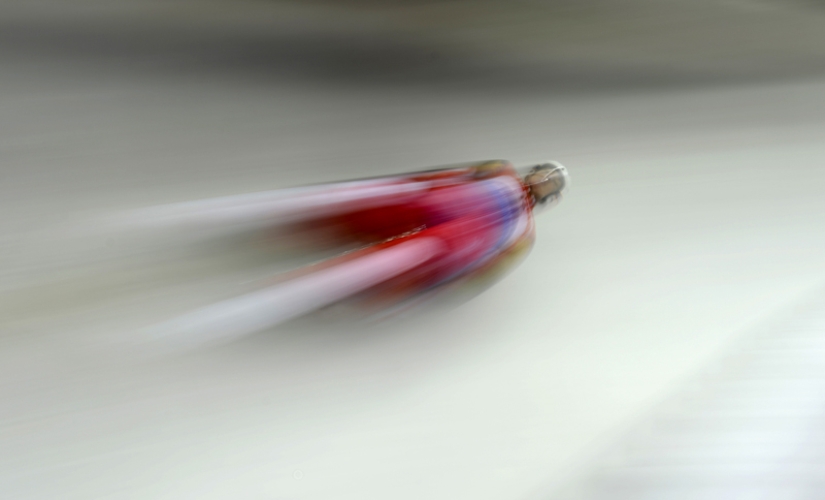
1. Snowboarding
After analyzing the statistics of the past winter olympiads, experts have identified the most dangerous winter sport. Snowboarding, a sports discipline that was included in the program of the Winter Games in 2006, was recognized as the most traumatic. There are frequent falls of athletes and collisions at high speed. In Vancouver, out of 22 snowboarders, 16 were injured, while among male athletes - four out of 35. In total, 35% of Olympians received this type of injury.
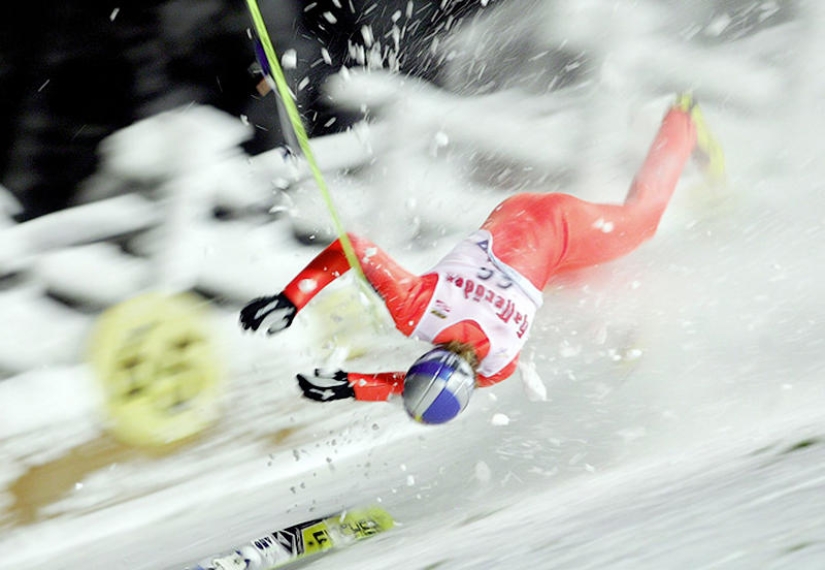
2. Ski freestyle (acrobatics)
This sport includes the performance of various tricks on skis, ski acrobatics, jumping from a special springboard, as well as downhill skiing on a special track full of bumps and bumps. As a result of numerous cases of injuries and even deaths of athletes, freestyle skiing earned the reputation of a dangerous sport, which pushed sponsors away from the competition, and also closed the way for freestyle to the Olympic program for a long time.
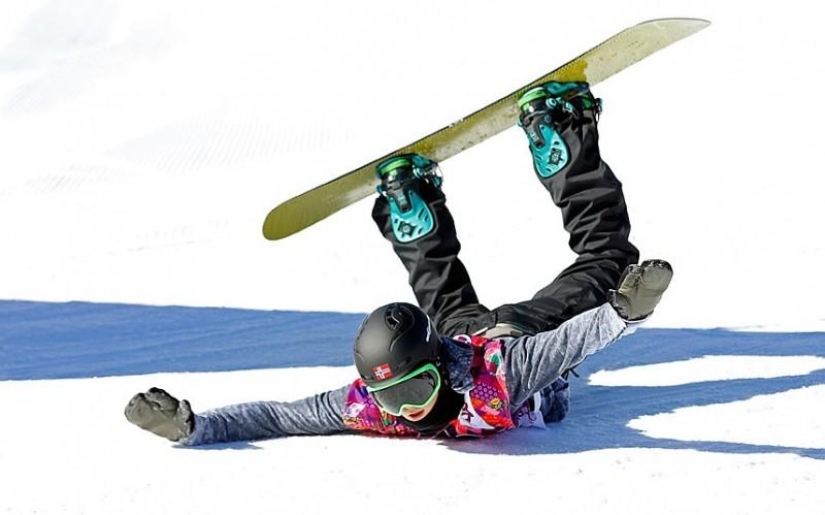
3. Skating
In order to get injured while skating, it is not at all necessary to jump a triple toe loop or twist a Bielmann, like eminent skaters. Even just sliding along the perimeter of the rink, you can fall very unfortunate.
Skating is also characterized by an increased degree of injury. This conclusion was made by British scientists after analyzing official statistics, according to which hundreds of accidents that occurred on the ice arenas are recorded annually in the United Kingdom. Most often, these are bruises and concussions from falls, however, there are more serious consequences, which are usually associated with damage from the blades of skates of other athletes. One of the most common types of injuries is hand injuries, in particular, when a person begins to fall and puts his hands in front of him, then the risk that another skater's skate will run into them can be very high.
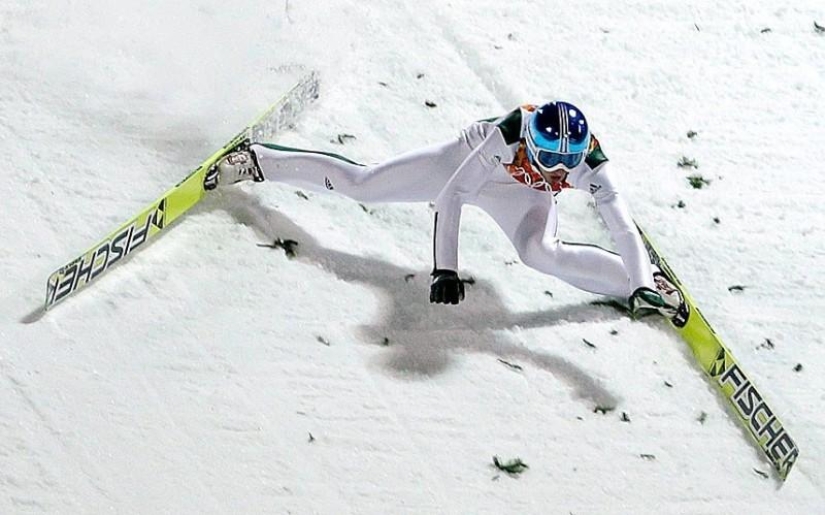
4. Skiing (alpine skiing)
Skiers who prefer steep mountain slopes can suffer leg or spinal injuries due to bad falls, during which the knees are especially affected. Beginning skiers are especially at risk because their muscles are not yet strong enough and their movements are uncoordinated and unsure. One of the most common beginner mistakes is cross-country skiing. In addition, sticks should not be pushed forward, as this position increases the risk of injury. Well, inattention on the mountain slope, as well as possible collisions, dramatically increase the risk of crashing.
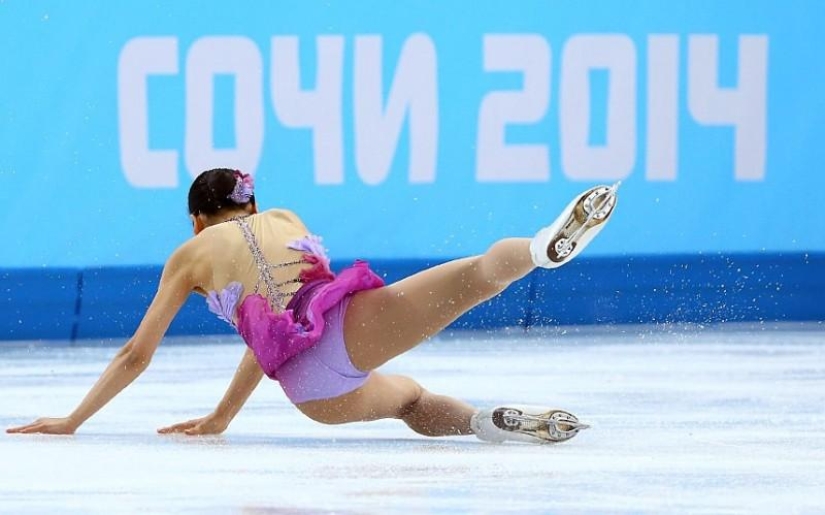
5. Short track
Short track (from the English "short track") is a relatively young, but the most extreme and dangerous kind of speed skating. During skating races, the speed of athletes can reach up to 50 km / h. It is clear that with such acceleration, falls or collisions of athletes can have very deplorable consequences. Not without reason, this sport was not included in the Olympic program for a long time (for the first time, short track competitions were held at the 1988 Winter Olympics in Calgary), appealing to its danger and the severity of injuries to athletes.

6. Luge
The tragedy began 4 years ago at the Vancouver Olympics - even before the official opening of the Games, Georgian athlete Nodar Kumaritashvili crashed to death on the bobsleigh track in Whistler. He lost control of the sled in the last turn, which the athletes enter at an angle of 270 degrees at a speed of about 140 km / h. The sleigh overturned, and the luger hit the metal limiter with force, receiving injuries incompatible with life.
This case clearly illustrates how dangerous luge can be. At the same time, it should be remembered that not only professional bobsledders are at risk, because even on ordinary sleds you can get seriously injured. And when sledding down a steep slope at speed, it is easy to get a fracture, since you often have to slow down with your feet. There are also possible head injuries received in a collision with other skiers. As a rule, most of all injuries received on the sleigh slope are craniocerebral injuries.
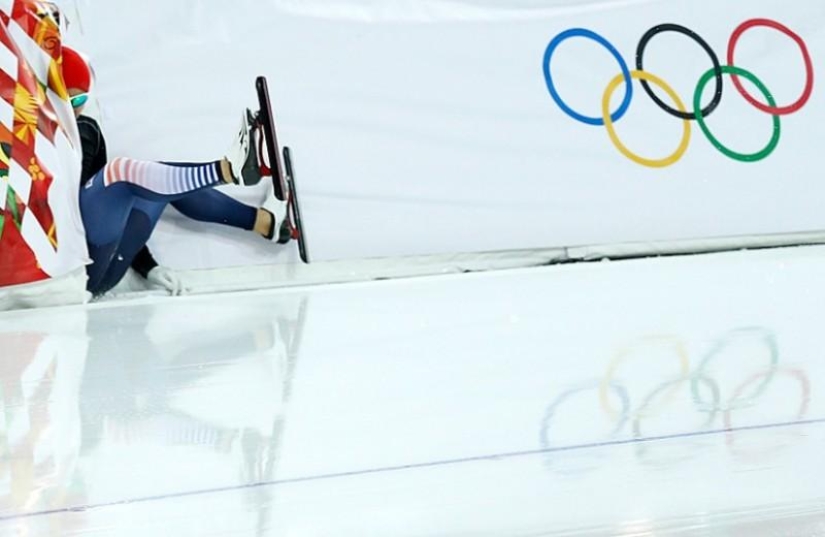
7. Ski jumping
This sport is exciting and extraordinarily beautiful. But beauty requires sacrifice, and entertainment is explained by extreme sports. As a result, there is a high injury risk of ski jumping. Even experienced jumpers are not immune from surprises in this dangerous sport. Here it is necessary to take into account all the little things and nuances. Imagine an athlete whose speed during acceleration reaches 100 km / h, and who jumps from a height of 70-90 meters. At the same time, the jump range is on average from 80 to 140 meters ...
Due to such a high risk of injury, ski jumping is practically the only discipline of skiing in which women did not take part in competitions until the 2010s. In 2014, jumpers performed for the first time at the Olympic Games in Sochi.

8. Hockey
All of you have probably heard the song "A coward does not play hockey." This is a truly traumatic game, during which athletes are constantly at risk of collisions and falls. Danger is added by the sharp blades of the skates and the puck. And the knocked out teeth of hockey players have long been one of the "calling cards" for this sport. Falls, sweeps and blows of an opponent, mass fights, hitting a puck and stick - all these are the everyday life of hockey.
However, the more professional athletes are, the safer the game is, since experienced hockey players are better coordinated, able to properly group themselves when falling or deftly avoid a collision. In addition, modern hockey has become much safer thanks to the improvement of protective clothing. High-quality protective equipment can be bought at Sportmaster stores.

9. Protective equipment.
Despite all of the above, do not lose heart, because nothing stands still, and protective equipment for winter sports is improved by manufacturers from season to season. Therefore, instead of depriving yourself of the pleasure of exercising in the frosty air, it is better to equip yourself well and continue to hone your skills in your favorite sport.
Recent articles

The invention of flying machines that allow people to travel into the Earth's atmosphere is a list of the greatest innovations of ...

Sex — is not only enjoyable, but also a very useful exercise. Orgasm improves the General condition of the organs and ...

American photographer David LaChapelle is often compared to Federico Fellini—and this comparison is no coincidence. Just as the ...